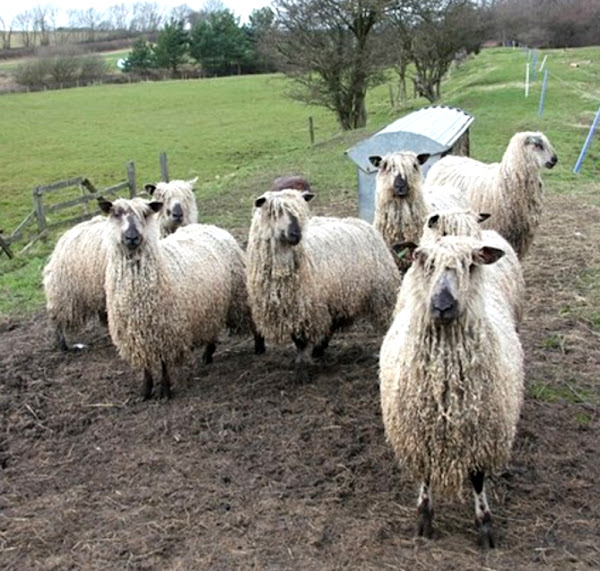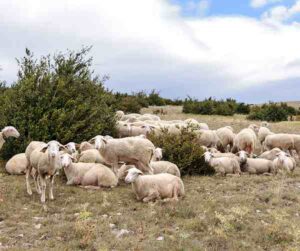The Teeswater sheep is a rare breed of domestic sheep from United Kingdom. It is actually from Teesdale, England. It is raised mainly as a meat breed, but it is also good for fibre production.
It usually produces a large-diameter fibre. Actually the breed has been bred in the northern England for about two hundred years.
It became rare by the 1920s, but it has seen a renaissance since Second World War. In the year of 1949, the Teeswater Sheep Breeder’s Association was formed.
The association was formed with the aim to encourage and improve the breeding of these animals and for maintaining their purity and particularly for establishing the supremacy of the rams for crossing with hill sheep of other breeds for the production of half-bred lambs.
Currently the breed is rare and it is categorized as ‘vulnerable‘ by the Rare Breeds Survival Trust. However, review full breed profile of the Teeswater sheep below.
Teeswater Sheep Characteristics
Teeswater sheep is a large breed of sheep with striking appearance. It is a long and tall breed, but the most notable aspect of this breed is the fleece.
Head of these animals is off white or grey in color with dark markings around the nose and ears. Their fleece is long, fine and curly with a characteristics topknot over the face.

Usually there are no dark fibers in the fleece, which should be uniform in texture over the whole body. Both ewes and rams are usually polled, that means they have no horns.
Average live body weight of the mature Teeswater rams is around 120 kg, and the mature ewes on average weight around 90 kg. Photo and info from ansi.okstate.edu and Wikipedia.
Uses
Teeswater sheep are dual purpose animals. They are good for both meat production and also for wool.
Special Notes
The Teeswater sheep are hardy and strong animals. They usually have a docile temperament. And the ewes have good maternal instinct, and a hardy build.
Main use for the Teeswater sheep is in the production of a crossbred ewe. Today the breed is raised mainly for meat production.
It is a lean sheep and has well developed hindquarters. The lambs can be taken up to 30 kg deadweight without getting overfat. The lambs grow relatively faster, and can reach about 20 kg at 8 weeks of age.
However, review full breed profile of the Teeswater sheep in the following chart.
| Breed Name | Teeswater |
| Other Name | None |
| Breed Purpose | Meat, wool |
| Special Notes | Very hardy and strong, docile temperament, dual purpose, good for both meat and wool production, the ewes have good maternal instinct, grow relatively faster |
| Breed Size | Large |
| Weight | Vary from 90 to 120 kg |
| Horns | No |
| Climate Tolerance | Native climates |
| Color | White, light brown |
| Rarity | Common |
| Country/Place of Origin | United Kingdom |






